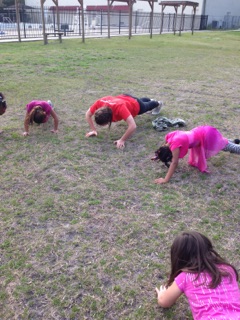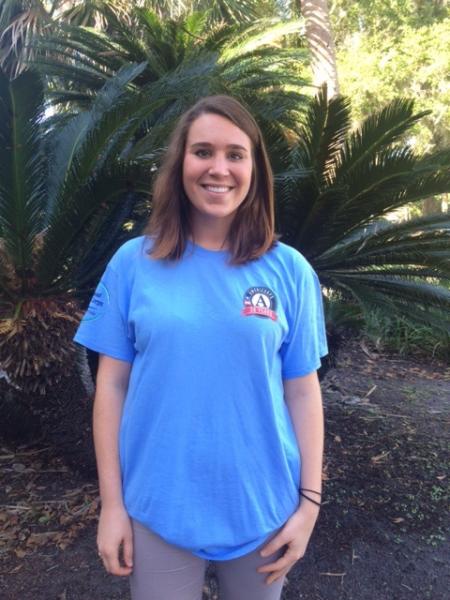 This year, my role as a Physical Activity Educator is to provide students with nutrition education and opportunities for physical activity during and after school. This has allowed me to combine my love for teaching with my passion for nutrition in the hopes of giving students the tools they need to make informed and healthy choices. My experience in the classroom has been an eye-opening, two-way exchange where I’m left to ponder the current state of affairs and what needs to happen to ensure a healthier generation of children. Here are a few observations I’ve made:
This year, my role as a Physical Activity Educator is to provide students with nutrition education and opportunities for physical activity during and after school. This has allowed me to combine my love for teaching with my passion for nutrition in the hopes of giving students the tools they need to make informed and healthy choices. My experience in the classroom has been an eye-opening, two-way exchange where I’m left to ponder the current state of affairs and what needs to happen to ensure a healthier generation of children. Here are a few observations I’ve made:
1. My Students are Brilliant
If you ask any of my kindergarten students, they can tell you that an apple is an “always” food, and a piece of cake a “sometimes” food. Even more impressive, my pre-school students can sing a song about carbohydrates explaining where they’re found in food and why they’re important for the body (it’s just as cute as you’re imagining). A majority of the students I’ve taught can reiterate key points from my lessons on macronutrients, sugary beverages, and the digestive system.
While many people assume that unhealthy choices are made because those who make them don’t know better, I’ve learned that simply knowing what the healthy choice is doesn’t always translate into practice, and that the reasons for this are both complex and important. This is a place where I hope to focus my energies in the future in my passion for improving child health and habits. There are so many external factors that control students’ health - just a few examples can be found in the types of food sold in students’ neighborhoods, the prices of fresh foods compared to processed, and the kinds of foods that are served during and after school. Taking nutrition education a step further to address external barriers is supremely important in encouraging true behavior changes.
2. Kids Like Vegetables
If you give a kid a carrot, will they eat it? The answer is, yes! The evidence for this phenomenon presented itself last week when a small group of 5th graders finished an entire bag of carrots in 2 minutes flat. I should mention that those carrots were mine, and that the happiness I felt from observing 10-year-olds fighting over carrots far outweighed any grief I felt while watching my snack for the week disappear right before my eyes. Kids like fresh fruits and vegetables and they will eat them if they’re available. I’ve spent lots of my lunches in the cafeteria of the school where I teach and watched kids gulp down green beans and fruit salad, sometimes even before diving into their chips or cookies. Acknowledging that kids like to eat nutritious food switches the conversation from “how do we get kids to eat healthy foods?” to one that discusses how we can expose kids to more fruits and vegetables and make these types of foods the norm. If alternatives to nutrient-dense foods like soda and chips are limited, children would default to the healthier options and reap all of the health benefits. My anecdotal evidence to support this claim is obviously limited in scope, but I think it’s important that issues of access and exposure are considered when addressing nutritional inequity.
3. Community is Everything (and more)
In addition to serving with the YMCA, I attend Childhood Obesity Prevention Coalition meetings at the Florida Department of Health in Duval County along with local businessmen and businesswomen, government officials, doctors, farmers, and college students. In attending these meetings I’ve gained an appreciation for the efforts being taken in Jacksonville to cultivate a healthier population, and I’ve also been reminded that community problems are going to take community efforts to solve. I leave these meetings inspired by peoples’ ideas and excited about potential partnerships and collaborations that could lead to fundamental and lasting change. More generally, I’ve realized that no matter which public health problems may be impacting our community, there are groups of people meeting to discuss challenges and solutions. The smartest, most holistic solutions are those that capitalize on these connections and bring different perspectives to the table.
I feel very fortunate to be a part of a community that is so supportive of collaboration and innovation to promote the well-being of local youth. All of the students I teach deserve to live in an environment where they can apply their knowledge to create a healthy future. This year, it’s my goal to help make this a reality for the students I serve.

